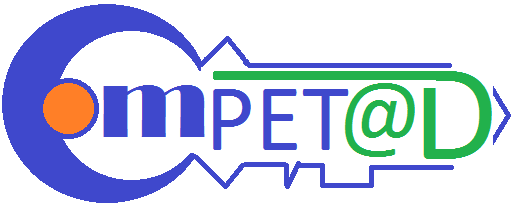We may have heard about ROI one time or another. Most of us probably know what it means but, for those who are unfamiliar to it, we’d like to take time to introduce you to what it is and how it is measured. Businessmen have limited capital and would like to ensure that they get the most out of it. This gives rise to the importance of understanding ROI.
ROI refers to returns on investment. It is a performance measure for the efficiency of a potential investment. It allows businessmen to compare varying options for their business. Generally, the higher the ROI, the better the investment is. While there are other factors that businessmen also look at, ROI helps them make intelligent decisions to ensure the sustainability of their companies.
To measure ROI, we take the ratio of the benefits of an investment to its costs. Below is a formula in measuring ROI:
ROI is well known because it is very easy to understand. It measures profitability and it is very to explain it to any potential investor or stakeholder. It makes the investor see which among a list of alternative will be the best possible option.
For example, if you invested your Php 10,000 to a friend’s street food business and got Php 10,800 at the end of the year, then it means that you got 8% ROI. Let us breakdown how we ended up with that:
ROI = (Gain from Investment – Cost of Investment) ÷ Cost of investment
= (Php 10,800 – Php 10,000) ÷ Php 10,000
= (Php 800) ÷ Php 10,000
= 0.08 or 8%
On the other hand, if you have another Php 15,000 and you put it in the bank. After two years the total funds is now Php 16,100. Let us make out how much your ROI is:
ROI = (Gain from Investment – Cost of Investment) ÷ Cost of investment
= (Php 16,100 – Php 15,000) ÷ Php 15,000
= (Php 1,100) ÷ Php 15,000
= 0.07333 or 7.33%
In this sense, although we gained Php 300 pesos more from our savings, we can see that our returns were greater from the business. While this may ultimately not mean that we will cease one and replace it with the other, it helps us see which investment was more efficient. In businesses where capital is a valuable but limited resource, this measure allows a more efficient allocation of resources.
While ROI provides a great way of measuring the efficiency of an investment, it also has its disadvantage. It does not consider the amount of time that was spent in gaining returns. In our example, we can clearly see that the business delivered 8% for a year while putting the money in the bank gave 7.33% in two years. We can see that the efficiency of the business is more than double the bank’s if we consider the amount of time spent for delivering the ROI reported. By merely looking at the numbers and not considering the amount of time spent for these returns, a businessman can easily make a wrong decision when choosing his investment.
ROI is only one of many ways of measuring the efficiency of an investment. It provides a quick and easily understandable way of assessing where you would put your resources. There are many other ways of measuring the efficiency of investment and we will discuss some of these in our future posts. For the meantime, if you would like to learn more about ROI and how to use it for your business, stay tuned for COMPETAD’s upcoming course about Training ROI and how to measure it which we will be launching in the coming months.




